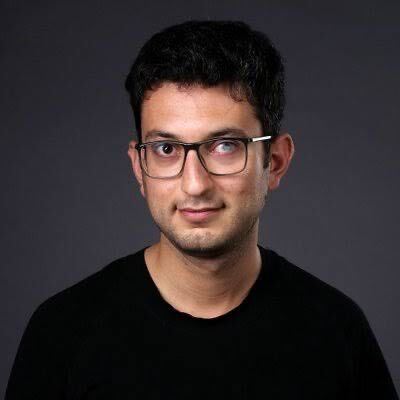Almost all animals forage for food, and must balance the costs of exploring their surroundings with the potential benefits of finding resources for survival. Even when a foraging animal finds food, it has to decide whether to stay and feed or continue searching for a better option. This decision depends on the quality of the resource and the animal’s current state. Such foraging behaviors are studied in many different model and non-model animals, ranging from C. elegans to macaques, as well as in humans. Furthermore, recent research has shed light on some elements of the neural and theoretical underpinnings of foraging. However, unifying principles and a mechanistic basis of embodied cognitive processes involved in foraging are still lacking.
This virtual seminar series is aimed to bring together neuroscientists, theorists, ecologists, and neuro-economists interested in exploring neural and theoretical mechanisms of foraging across multiple species.
We are a group of PhD students and postdocs from various institutions around the globe.

I'm currently a postdoc in the Dudman lab at HHMI Janelia, and I'm interested in how the basal ganglia interacts with other brain structures to help mice learn about and exploit complex environments. Before moving to Virginia I was in Oxford, where my PhD work focused on how mesolimbic dopamine is shaped by action. In my spare time I enjoy painting and playing videogames.
I'm a researcher working in the Behavior & Metabolism Lab at Champalimaud Research. I'm currently studying how fruit flies adapt foraging decisions with respect to their nutrient needs. Born and raised in Northern Germany, I studied Physics at the University of Göttingen, where I got fascinated with brains and living complex systems. After a master in Neural Systems & Computation at the ETH/University Zurich, I joined the International Neuroscience Doctoral Programme at the Champalimaud Centre for the Unknown in 2016, and recently completed my PhD in 2023.
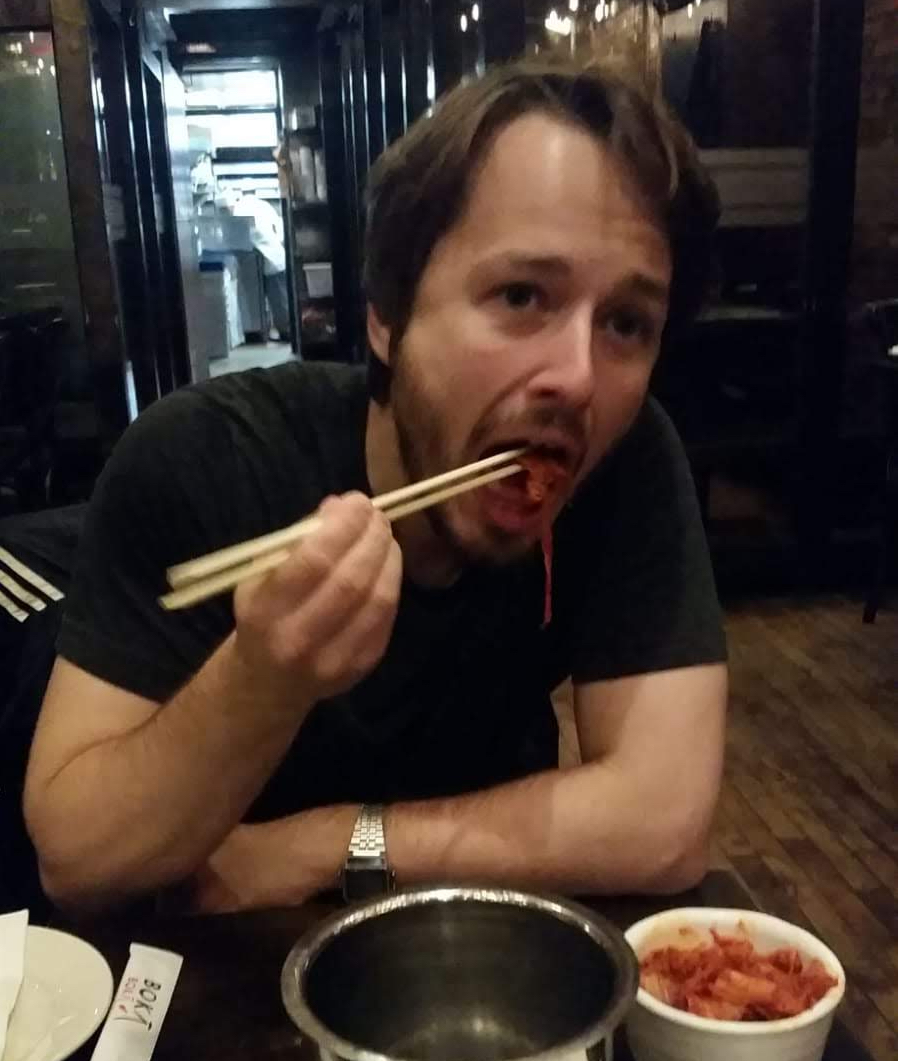

I’m a neuroscientist interested in understanding how animals orient and navigate in complex naturalistic environments. Currently, as a postdoc in the Jayaraman lab at HHMI Janelia, I investigate how environmental context and past experiences shape navigation in walking fruit flies. To do this, I combine virtual reality techniques and two-photon calcium imaging with connectomic analysis as well as behavioral studies and modeling. Previous projects focused on different aspects of navigation in adult and larval fruit flies as well as crickets. In my free time I enjoy sewing and observing animals.
Originally from Germany, I first studied biomedicine at the University of Würzburg, before transitioning to a masters in Computational Biology and Bioinformatics at the ETH/University Zurich. For my PhD I worked with Berthold Hedwig at the University of Cambridge and Vivek Jayaraman at HHMI Janelia as part of a joint graduate program.
I’m relatively new to the world of neuroscience, having begun my PhD at Champalimaud Centre for the Unknown in late 2020. I’ve always been fascinated by watching animals in the wild, and my quest to understand what mechanistically drives the dazzling diversity of behaviour has led me from a masters in Evolution, Ecology and Systematics at LMU Munich, to the lab of Carlos Ribeiro at CCU. I am interested in how organisms have evolved mechanisms to make short and long term predictions of future internal and external conditions, to better coordinate their behaviour, and I’m looking forward to investigating this in the coming years.
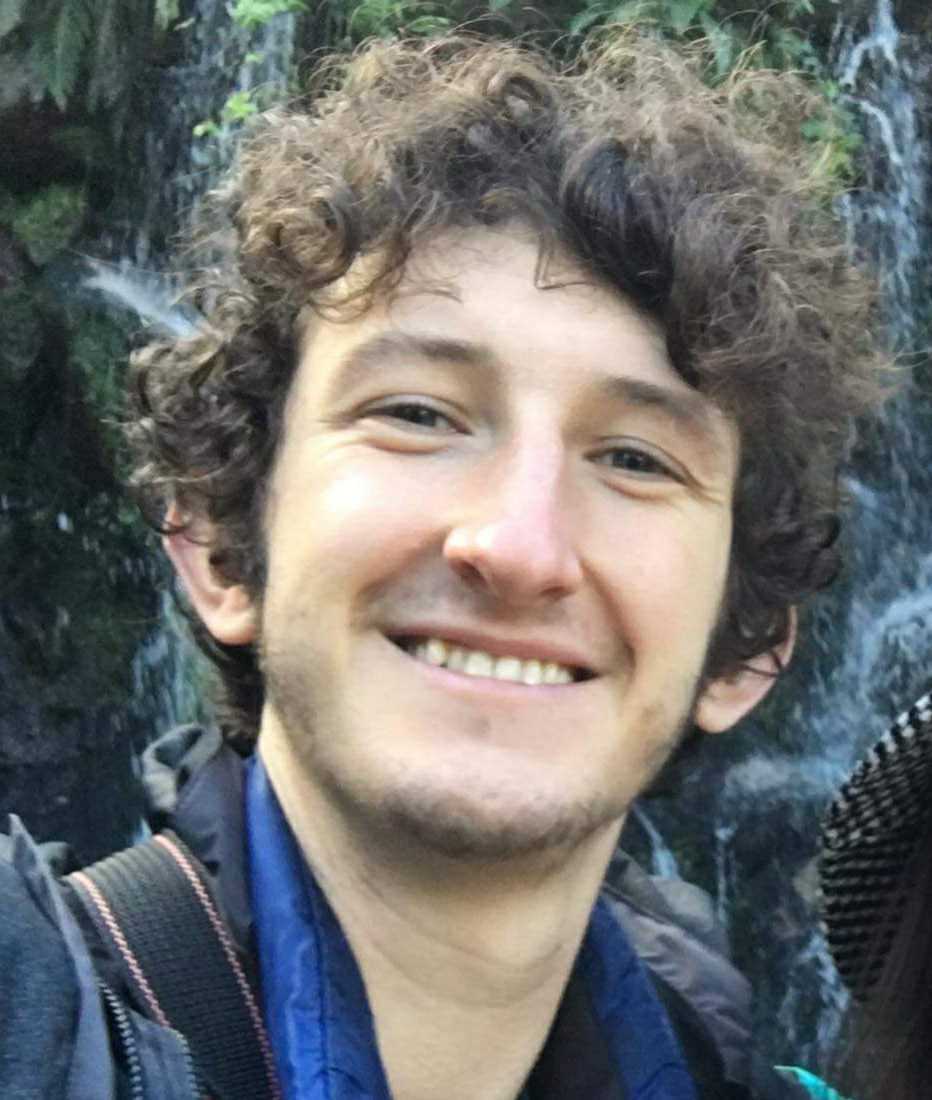

I’m a PhD student in the Motivation and Social Neuroscience Lab at the University of Birmingham. I’m interested in how people make decisions that involve opportunity costs, in particular how people track opportunity costs in different environments, and how this might involve the dopaminergic system. I combine computational modelling with behavioural and brain imaging studies.
I’m a Neuroscience PhD student in the Johns Hopkins - HHMI Janelia graduate program and I am fascinated by the strategies animals use to survive in the wild and how they might be implemented by the nervous system. I did my undergraduate studies at IISER Pune in India where I worked on the ecology and neurobiology of birdsong with Anand Krishnan and Raghav Rajan. I then moved to the US to work on my MS thesis in Vivek Jayaraman’s lab at Janelia where I caught the invertebrate bug. My interests stem from an appreciation for biological diversity – both in form and behavior – and my research has so far involved chasing birds, insects and bats in the lab or the field to study how they communicate, navigate and forage.
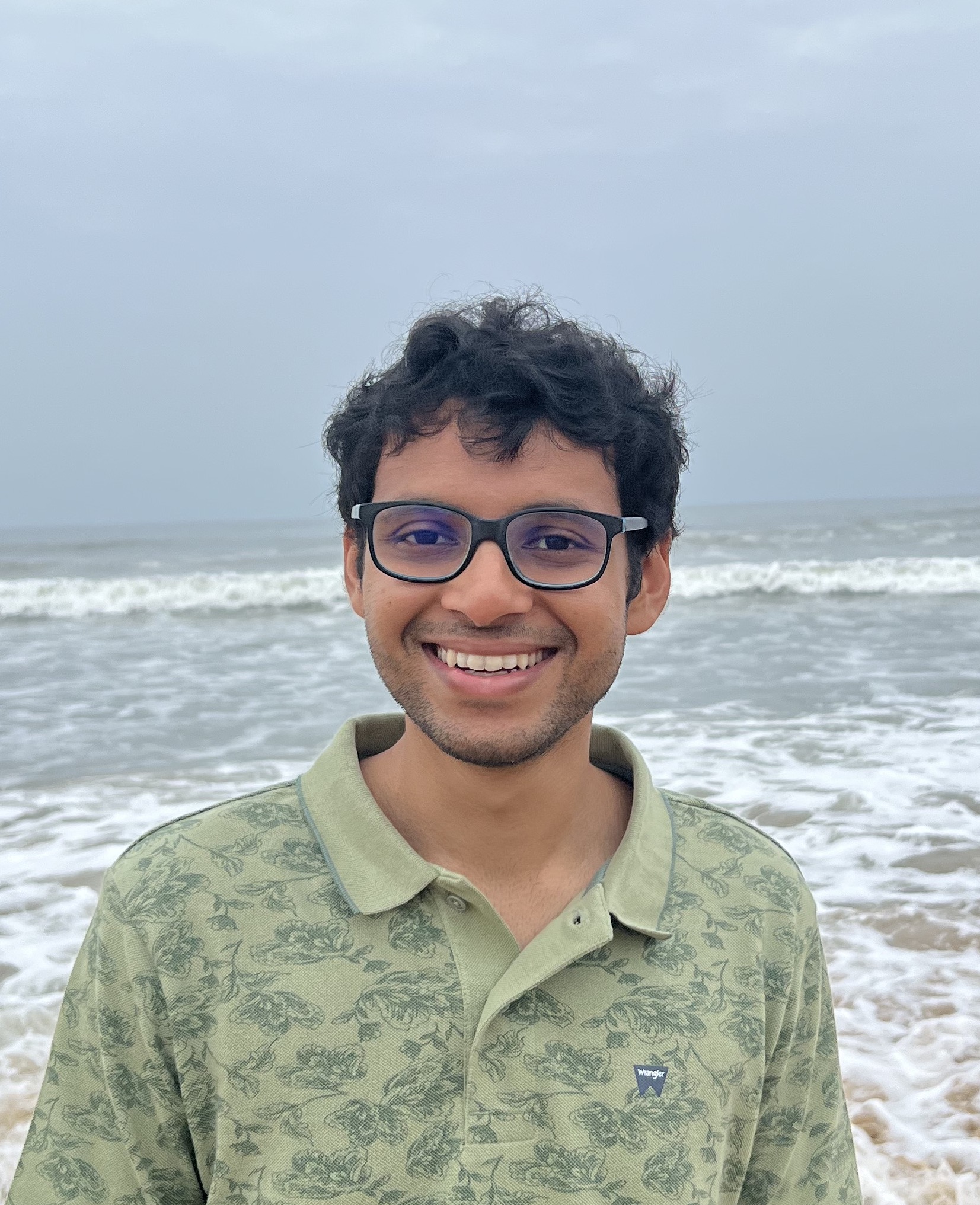
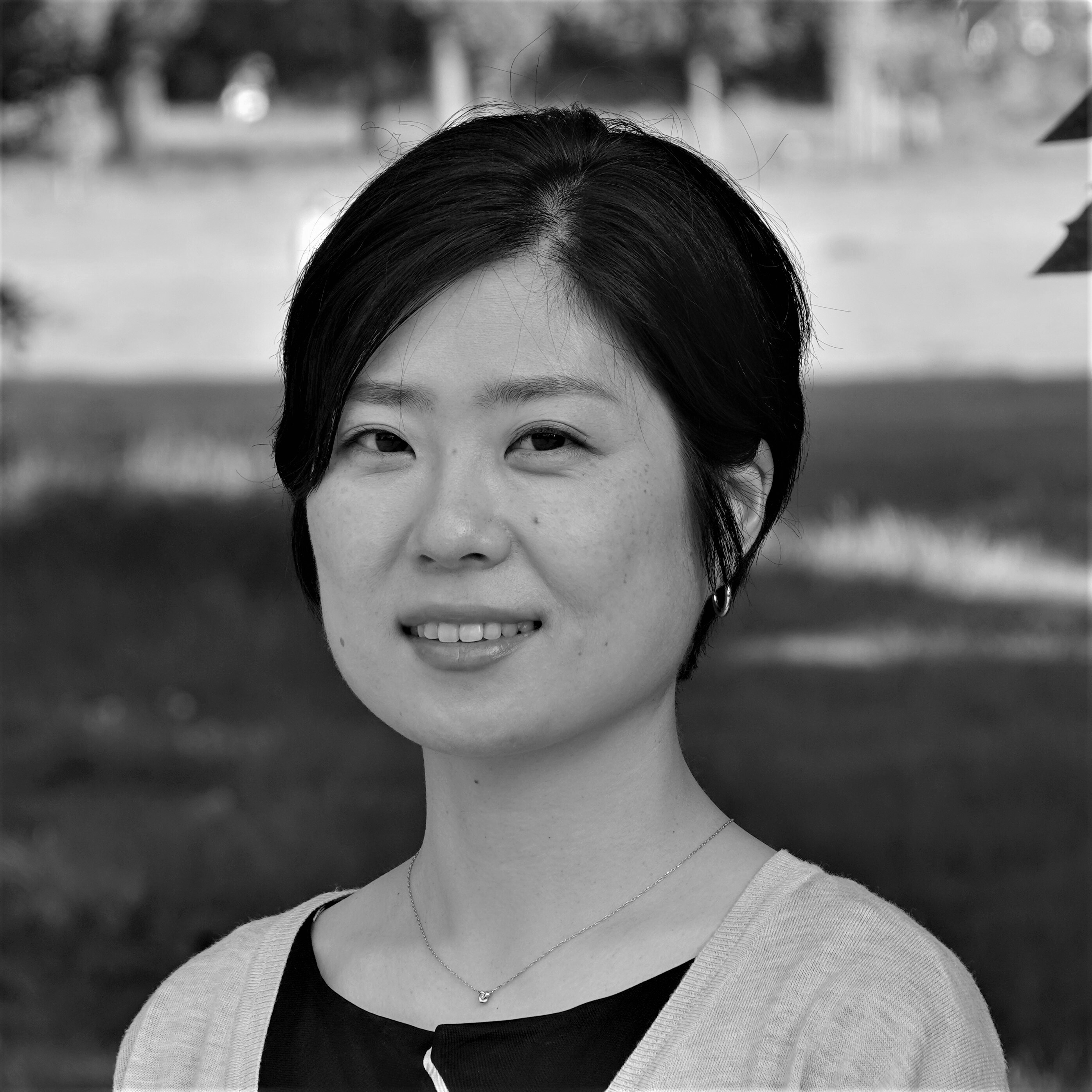
I am currently a Japan Society for the Promotion of Science (JSPS) Fellow hosted by Lars Chittka at Queen Mary University of London, working on bumblebee visual cognitive behaviour. I’m generally interested in the visual cognitive capabilities of animals, and their neural implementations.
During my postdoc at University College London with Aman Saleem, I investigated the neural representation of visual landmarks in mouse primary visual cortex (V1). I also studied the organization of feedback projections that carry contextual signals to V1. For my PhD, I probed circuit mechanisms of how visual looming signal is transformed in the central brain of fruit flies in Michael Reiser’s lab at Janelia, and also worked on fly photoreceptors in Roger Hardie’s lab at the University of Cambridge.
Ibo is a Marie Curie postdoctoral fellow in the lab of Dr. Carlos Ribeiro at the Champalimaud Centre for the Unknown. He is interested in the generation of low level motor programs and how they are organized in time and space by the nervous system to facilitate complex behavioral decisions that are based on the past, the present and the anticipated future.
During his PhD, Ibo studies the sensorimotor circuits controlling the chemotaxis behavior of the Drosophila larva in the lab of Dr. Matthieu Louis.
He loves basketball, progressive rock and postmodern literature.
